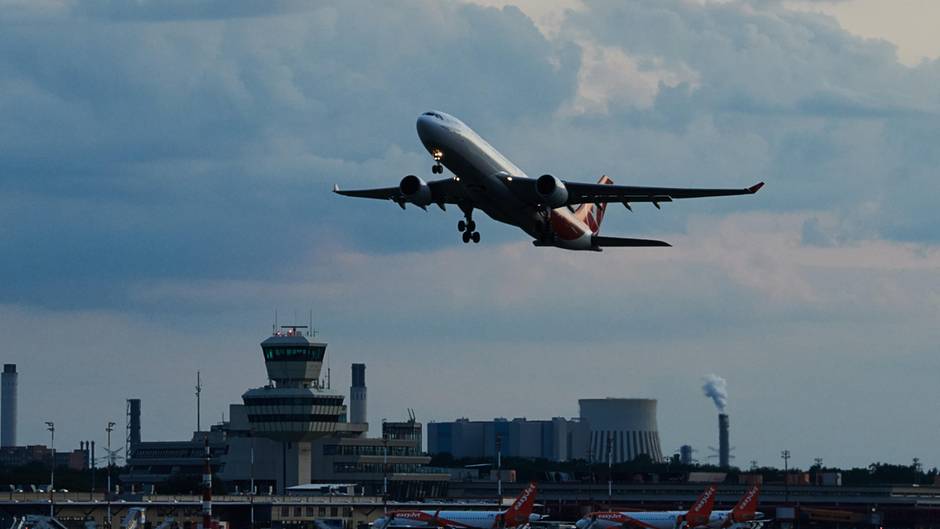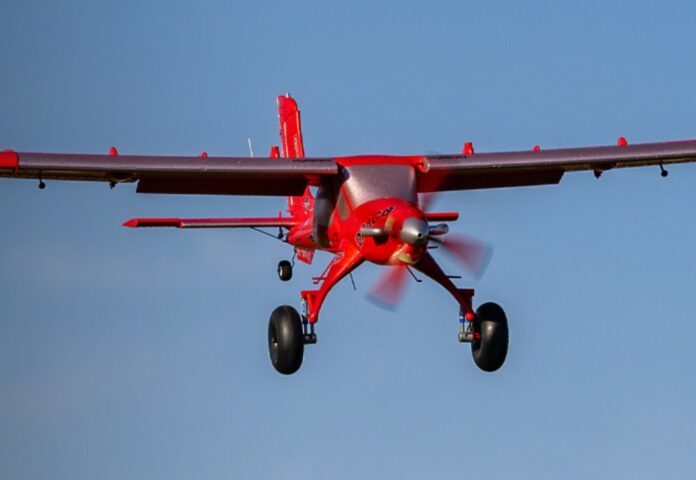Remote Control (RC) airplanes have long been a source of fascination for aviation enthusiasts and hobbyists alike. If you’re one of them, great! But before you visit an online RC store, you should know the various features that make these miniature aircraft soar. This article talks about the various specifics of RC planes and their key features. It also provides you with valuable tips to ensure a rewarding purchase.
Types of RC Planes
These aircraft are broadly categorized into three main types:
Fixed-Wing RC Planes: These are the most common type of RC airplanes and are designed to mimic traditional aircraft. Fixed-wing planes come in various sizes, ranging from small park flyers to large-scale models. They are well-suited for aerobatics, long flights, and stable cruising.
Rotorcraft RC Planes: Rotorcraft, such as helicopters and quadcopters, feature rotating blades that provide lift and control. They excel at hovering, takeoffs, and landings and are perfect for aerial photography or indoor flying.
Gliders and Sailplanes: These RC planes lack a motor and rely on wind currents to stay aloft. Gliders and sailplanes are designed for soaring and are often used for competitive events involving duration and distance.

Key Features of RC Planes
When considering the purchase of an RC plane, several key features demand your attention:
Power Source: RC planes can be powered by electric motors, gas engines, or even jet turbines. Electric motors are popular due to their ease of use, quiet operation, and minimal maintenance.
Wingspan: The wingspan determines the size and stability of the RC plane. Larger wingspans provide more lift and stability, making them suitable for beginners.
Channel Count: RC planes use radio transmitters to control their movements. Understanding the number of channels on your transmitter is crucial, as it dictates the complexity of maneuvers your plane can perform. Basic planes may require only two channels. Advanced models can demand six or more channels.
Flight Modes: Some RC planes offer multiple flight modes, including trainer and advanced modes. Beginners should go for planes with trainer modes as they restrict the aircraft’s movement to assist in learning the basics of flight.
Material and Construction: Pay attention to the materials used in the construction of the RC plane. Foam is lightweight and durable, making it ideal for beginners. Advanced hobbyists may prefer balsa wood or composite materials for more intricate builds.
Tips for Buying RC Planes
Here are some essential tips to ensure a successful purchase:
Define Your Skill Level: Assess your experience level as an RC pilot. If you’re a beginner, start with a trainer plane designed for stability and ease of control. More experienced pilots can explore aerobatic or scale models.
Budget Wisely: RC planes come in a wide price range. Set a budget and stick to it, considering not only the cost of the plane but also additional equipment like transmitters, batteries, and chargers.
Check for Ready-to-Fly (RTF) Options: If you’re new to the hobby, consider purchasing an RTF RC plane. These models come pre-assembled and include everything you need to get started, minimizing the learning curve.
Understand Local Regulations: Familiarize yourself with local regulations and guidelines for flying RC planes. Some areas may have restrictions on where and when you can operate these aircraft.
In conclusion, buying an RC plane from an online RC store can be an exciting and rewarding experience. Whether you’re a novice or a seasoned pilot, the right RC plane awaits you at your store, ready to take flight into the world of remote-controlled aviation.


